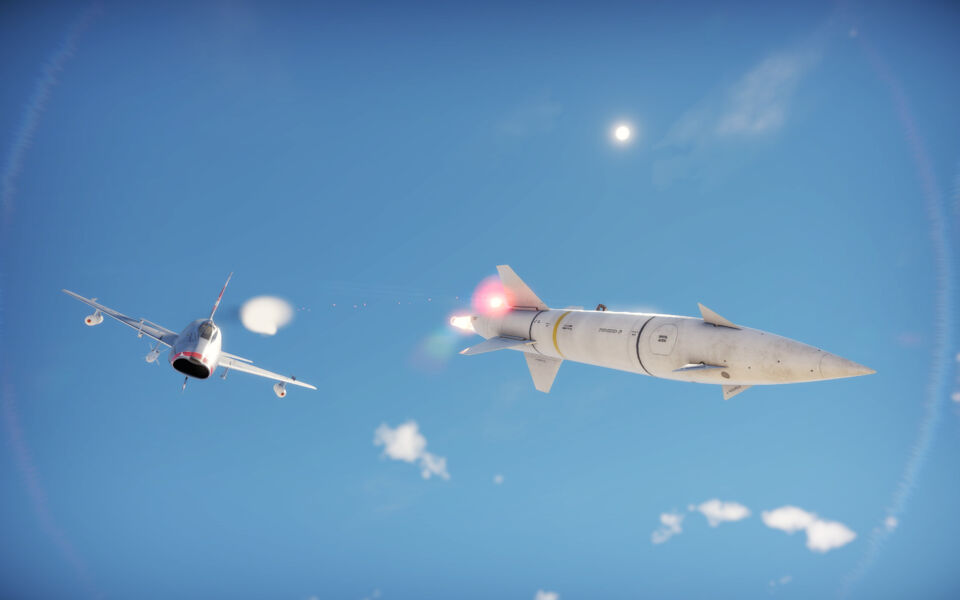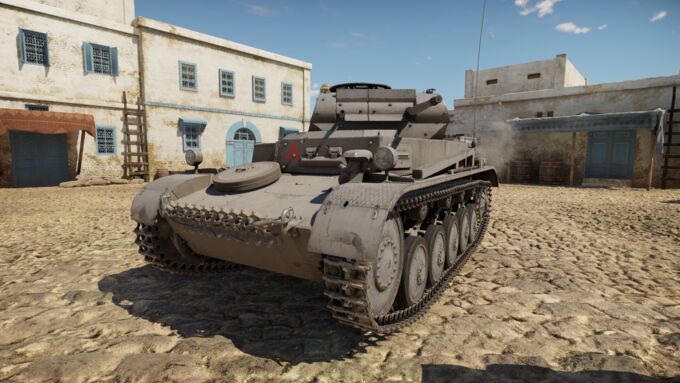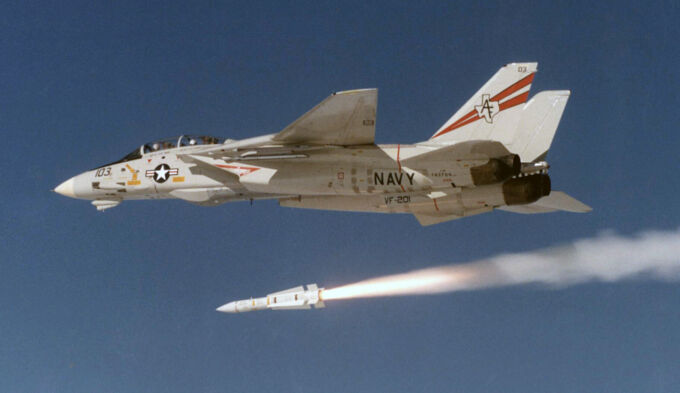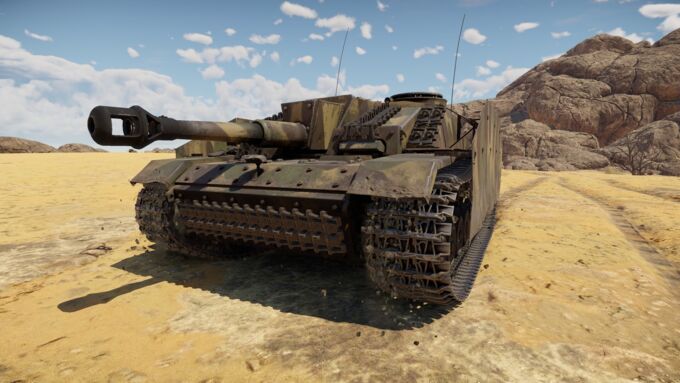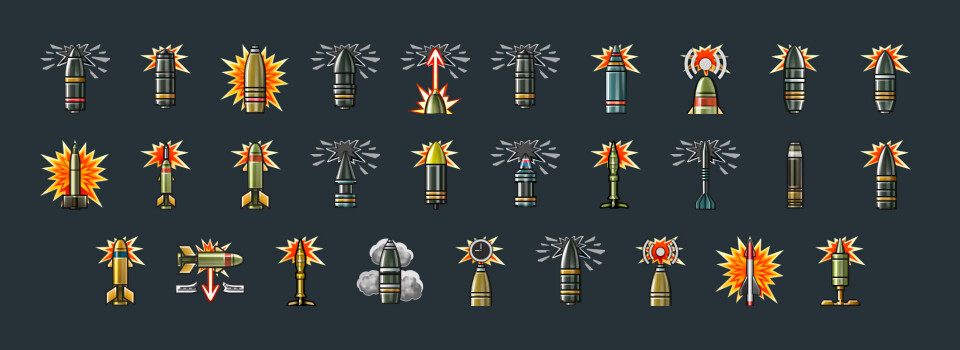Weapons
Many helicopters in our game can use laser-guided anti-tank missiles that fly to the target along a lofting trajectory. The most famous such ATGMs are the American Hellfire missiles. Today we’d like to tell you how to maximize their potential and negate their disadvantages.
The AGM-12B, also known as the ASM-N-7A or more recognizably the Bullpup, was the world's first mass-produced precision guided Air-to-Ground munition. A fairly large warhead size and its MCLOS guidance give many U.S. vehicles the tools to engage SPAAs at range, at a BR where proximity fused shells and surface-to-air missiles start becoming increasingly lethal to aviation. While they may not be as advanced as Walleyes and Mavericks, which are autonomously guided, a good pilot can easily match them in accuracy with precise manual guidance against even the fastest moving targets.
This article is about the history of the 2 cm guns using the 20×138mmB Rheinmetall ammunition, primarily the 2 cm KwK/Flak 30/38 L/50/65. It also covers usage by other nations represented in-game, such as Italy with Breda and Scotti guns, and includes a minor guide. The ammo and guns were the smallest mainstay unit of dual-purpose AA/AT guns, starting in the late 1920s and actively used and improved until 1945. These guns were used as infantry super heavy machine guns (Überschwere MGs), tank armaments (KwK), as well as infantry and vehicle AA guns (Flak).
The iconic F-14 Tomcat made its mark in naval aviation for its cultural significance and popularity. However, the defining weapon that sets the Tomcat apart from its peers is the long-range AIM-54 Phoenix missile. This weapon, intended to strike Soviet bombers from a long distance before they could fire deadly anti-ship cruise missiles, allowed the F-14 to perform its "Fleet Defense" role. Thus we will dive into the development behind this fascinating missile, the improvements it had, and how it would not be America writing the tomes on the AIM-54's combat usage, but instead Iran.
This guide is about the history to the 10,5 cm StuH 42 L/28. These guns were the mainstay of the German Army, from prewar till the very end. With performance upgrades along its life, it was effectively used in a multitude of roles such as direct support/assault artillery fire and counter artillery. The close up field support was effective against structures, infantry and tanks using a wide array of ammo types. It was only late in the war to be replaced by longer barreled variants such as L/30 and L/35. Being a formidable gun both in-game as well as IRL. It was used on all fronts, upgraded over time and used by multiple nations.
The AS-20 Nord is a French guided Air-to-Surface missile, roughly analogous to the U.S. AGM-12 Bullpup in that both are early MCLOS missiles that you use your Alt + WASD keys to control on PC. Used to give aircraft like the G.91 their long-ranged 'teeth' but also giving them their notoriety as well, let’s dive into the intricacies of Nords and how to use them effectively!
Throughout the past century of tank development, a large range of ammunition types have been produced and seen combat. As time progressed, technology improved and rounds also improved in terms of lethality, accuracy and ballistic performance. Despite this, most rounds can be categorised under one of two primary categories: kinetic rounds and chemical rounds; and further under a variety of subcategories.
The Spike-LR II (Long Range 2) is an advanced anti-tank guided missile (ATGM) that is part of the Spike family. Found on many IFVs, it is capable of engaging both non-line-of-sight and beyond-line-of-sight targets. Additionally, it can function as a surface-to-air missile (SAM), being particularly effective against helicopters and low-flying aircraft.
French 203 mm/50 model 1924 was used by the French heavy cruisers during the Second World War, most notably Colbert and Dupleix. It came equipped with SAP and HE shells, with the latter having a very large explosive filler compared to the SAP shell but poor penetration, while the former having just slightly larger explosive filler than SAP but offering a contact fuse, which might be preferable under some circumstances. Lacking a dedicated AP shell, it struggles to deal with heavily armoured cruisers.
